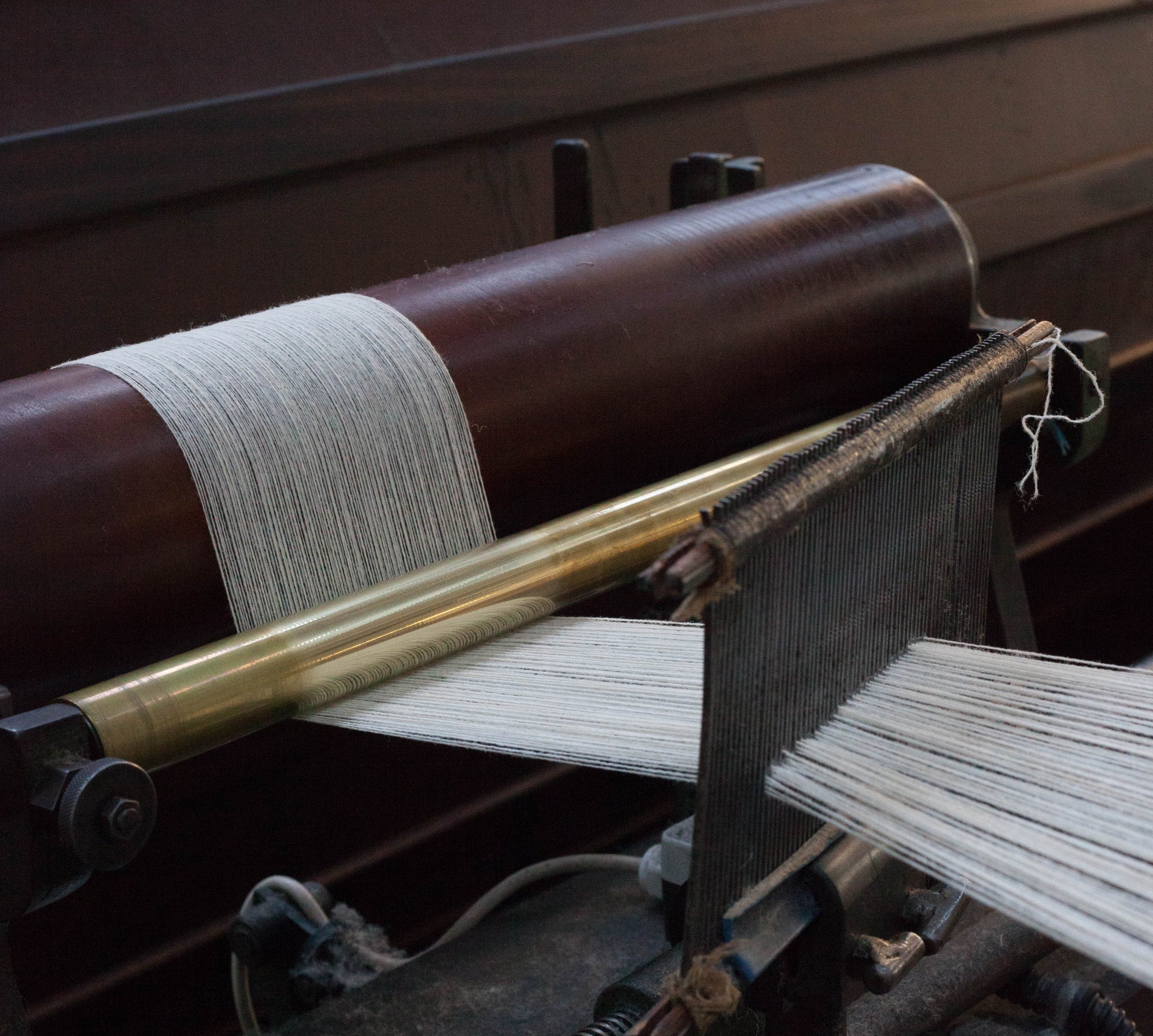Organic Cotton

Often, when organic cotton is discussed or suggested, it isn’t always clear why making the switch to organic cotton can have such a profound impact. Conventionally grown cotton in some cases can be one of the most environmentally damaging and socially harmful parts of the fashion industry due to its excessive use of insecticides and water. Cotton accounts for 2.5% of world agricultural land, but it uses a disproportionate 16% of world insecticides. Largely speaking, the insecticides used in cotton growing are toxic for humans and the natural environment.
By using organically grown cotton you eliminate the use of harmful insecticides, thereby increasing welfare for the growers and handlers of raw-state cotton. The carbon footprint is reduced through increased soil fertility and elimination of greenhouse gases caused by the application of non-organic insecticides and fertilisers. Furthermore, less water is needed, not only through irrigation but also through eradicating water involved in creating non-organic inputs such as synthetic insecticides and fertilisers.
This is why we are increasing the percentage of organic cotton used in our collections year-on-year. It will not be an easy transition and will take us time to develop fabrics with our current suppliers as well as finding new suppliers to meet our needs.
Fact
Across our yearly collections, organic cotton accounted for 14.6% in the 2023 season (Autumn/Winter and Spring/Summer collections)